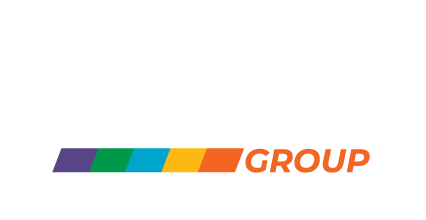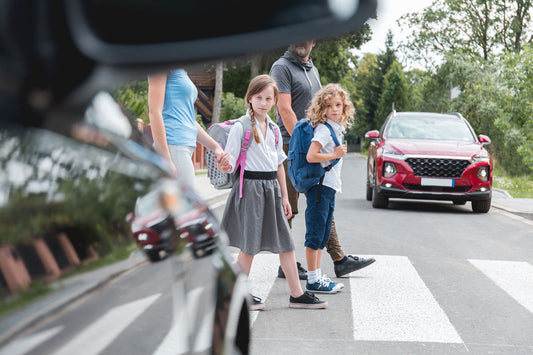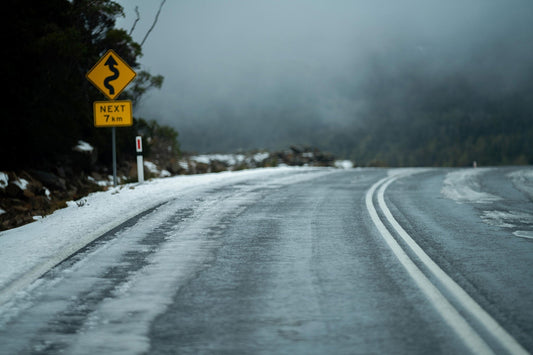Australia’s road toll reached a 10-year high in 2024, with 1,300 people killed in traffic incidents, a 3.3 percent rise compared to 2023.
Vulnerable road users, including pedestrians, cyclists, and motorcyclists, accounted for over 37 percent of fatalities. These figures highlight the urgent need for targeted safety strategies that focus not only on enforcement and education, but also on improving the physical environment drivers and pedestrians navigate daily.
At the core of a safer transport network is visibility. From regional roads to construction zones and urban intersections, signage and safety products play a critical role in influencing driver behaviour, enhancing awareness, and ultimately saving lives.

Traditional Signage: Retroreflective and Flat Panel Solutions
Retroreflective road signs are a staple of Australian infrastructure. Whether fixed to poles or mounted on portable frames, these signs must perform reliably in both daylight and low-light conditions. Their effectiveness is not anecdotal, it is supported by extensive data.
- The Queensland Department of Transport and Main Roads found that Class 1W retroreflective sheeting increased nighttime sign detection distances from 90 metres to over 300 metres compared to Class 2 signage.
- A study by the Monash University Accident Research Centre found that roads using high-contrast and high-reflectivity signs saw 25 percent fewer accidents than similar roads with faded or outdated signage.
- The National Road Safety Strategy 2021–2030 identifies improved signage as a key contributor to its goal of halving road deaths by 2030.
Well-placed and well-lit signs are essential near curves, merges, T-intersections, and high-speed entry points. Without clear visual instructions, driver decision-making becomes reactive and error-prone.

LED Signage: Visibility in Motion
While traditional signs remain foundational, LED signage provides dynamic communication that adapts to live traffic conditions and site-specific risks.
- In a VicRoads evaluation of LED variable message signs (VMS), heavy vehicle speeds dropped by 22.9 percent in roadwork zones where LED boards were used, compared to static signage zones.
- A NSW Government trial in school zones showed that LED flashing signs caused driver speed compliance to rise from 66 percent to 87 percent within three months.
- In incident-prone corridors, LED signs warning of “stopped traffic ahead” reduced rear-end collisions by 34 percent, according to data gathered by Transport for NSW during a 12-month pilot study.
LED signs also play a role in reducing wrong-way entries by alerting drivers in real time with illuminated warnings. Their benefits are not limited to roads. LED boards are now used in warehouse loading docks, mine sites, and large industrial yards to direct vehicle flow and display safety alerts.

Safety Products: Physical Protection That Prevents Impact
Traffic cones, bollards, water-filled barriers, and delineators may seem passive, but their impact is measurable.
- SafeWork NSW reports that sites equipped with temporary traffic control products such as barriers, cones, and signs experience 30 to 40 percent fewer safety breaches during construction.
- The Transport Accident Commission found that the installation of rubber bollards in Melbourne’s CBD resulted in an 87 percent decrease in vehicle encroachments onto pedestrian footpaths.
- On worksites, safety cones with Class 1 reflective collars were found to increase visibility by up to 280 percent, based on luminance testing published by Austroads.
These tools not only enhance visibility but physically enforce safer behaviours. Bollards create separation between people and moving vehicles. Delineators clearly mark lane changes or hazards. Speed cushions in temporary traffic zones slow vehicles without the need for enforcement.

Visibility Across Sectors: From Roads to Industry
The demand for visibility-enhancing products extends beyond public roads. Mining operations, logistics facilities, airports, and shopping centres all rely on signage and safety products to manage movement, reduce liability, and comply with WHS requirements.
- In mining zones, LED speed displays helped reduce average vehicle speed from 42 km/h to 27 km/h in restricted areas, according to an internal BHP safety audit.
- A 2023 national retail group survey found that after upgrading to reflective parking signs and installing flexible bollards, customer incident reports dropped by 44 percent across 63 sites.
What It All Means: Clarity Reduces Risk
Whether fixed or digital, passive or programmable, signage is not just informational. It is preventative. When implemented according to Australian Standards, high-visibility signage:
- Reduces driver confusion and hesitation
- Improves compliance with speed limits and site rules
- Prevents incidents in blind spots, work zones, and high-traffic crossings
- Protects workers, pedestrians, and the public from unintended entry or impact
How HIVIS Supports These Outcomes
At HIVIS, we manufacture and supply signage and safety products built to deliver these real-world benefits. Our solutions include:
- Class 100, 400 and the highest grade in market - 1100 retroreflective flat panel road signs, designed for maximum visibility under different conditions
- Custom LED message signs for road, industrial, and event use
- Delineators, bollards, and barriers to physically reinforce safety boundaries
All products are engineered in line with Australian Standards (AS/NZS 1906.1, AS/NZS 3845.1, AS/NZS 4602.1) and supported by our in-house team who can advise on placement, compliance, and product selection.
Next Steps: Bring Measurable Safety to Your Operation
The data is clear. Visibility saves lives. Whether you're managing a municipal road network, overseeing a mining site, or improving access safety at a commercial facility, the right signage and safety tools deliver real, measurable protection.
Explore the full range of HIVIS safety products at HIVIS.com





